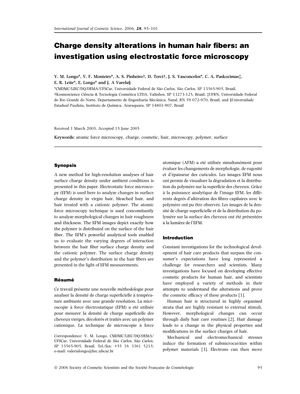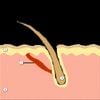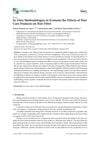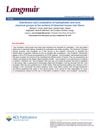Charge Density Alterations in Human Hair Fibers: An Investigation Using Electrostatic Force Microscopy
March 2006
in “
International Journal of Cosmetic Science
”

TLDR The study found that a polymer treatment changes the charge on hair surfaces, making bleached hair smoother and less porous.
The study from 2006 introduced a method for analyzing the surface charge density of human hair fibers using electrostatic force microscopy (EFM) alongside atomic force microscopy (AFM). It focused on virgin hair, bleached hair, and hair treated with a cationic polymer (PQ-6). The findings showed that the polymer treatment led to an altered charge distribution on the hair fiber surface, with positive charges accumulating at the sites of polymer deposition. Bleached hair fibers exhibited a higher concentration of negative charges, especially at the cuticle edges, due to cystine degradation. The cationic polymer treatment improved the integrity of the cuticle, decreased roughness, and reduced porosity in bleached hair, forming a discontinuous, positively charged film. The study concluded that EFM is a powerful tool for evaluating hair fiber surface charge density interactions with cationic polymers and is superior to AFM alone for assessing the distribution of cosmetic treatments on hair fibers.




